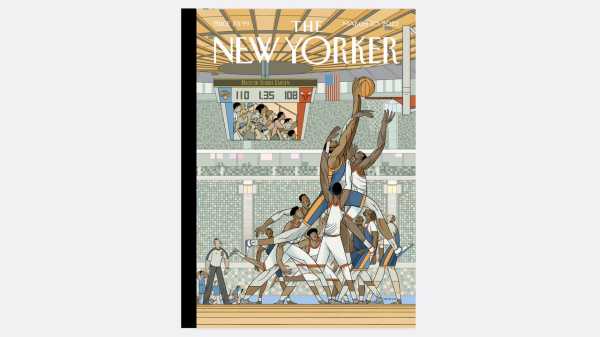
Sergio García Sánchez’s cover for the March 20, 2023, issue is a celebration of basketball season. The Knicks are doing well—to the surprise of many fans—and appear ready for the playoffs. Basketball, one of the few major sports that is competitively played indoors, takes place here at Madison Square Garden—an enduring, if somewhat architecturally intrusive, New York landmark. I talked to the artist about his interest in sports and about a couple of his upcoming projects.
You live outside of Granada, Spain. Do you attend any live sporting events?
In Granada, the city has two teams with live events: soccer (the most popular sport in Spain) and basketball. But I don’t usually go to the stadiums: I am a fan of Real Madrid, the Spanish soccer team, and my friends and I follow the Champions League games on TV.
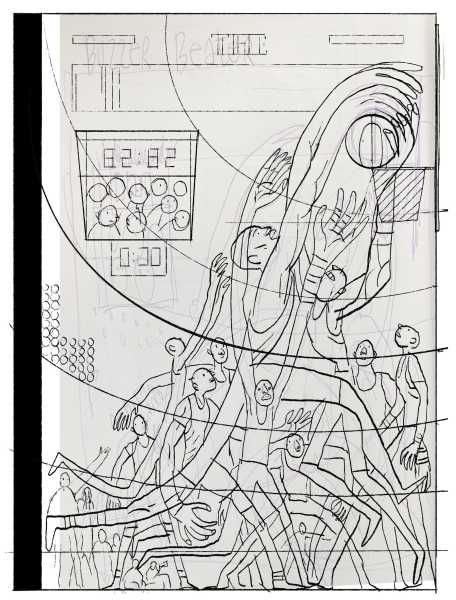
You seem very interested in capturing movement in your still images. Are you inspired by Cubist paintings or other types of two-dimensional representations of movement in space?
Yes, I am very interested in the artistic avant-garde of the early twentieth century. When I was working on a piece about war for the Musée National Picasso-Paris, I studied Picasso’s work in depth. I am also fascinated by how the Futurists capture movement, and by the works of contemporary artists who work with kinetic art, such as the Venezuelan artist Carlos Cruz-Diez.
Did you enjoy playing sports when you were a child, and do you still do so now?
Sure—when I was a kid, I belonged to my school’s track team and competed in the hundred-metre sprint and long jump. I also belonged to the handball team, where I played as a winger, but I spent most of the time on the reserve bench. Nowadays I don’t play any organized sport, but I love hiking in the mountains where we live, and walking around cities when we travel (which should be considered an Olympic sport).
For many of your projects, including this cover, you draw in black-and-white and ask the artist Lola Moral, your wife, to bring it to life in color. Do you discuss the color scheme in advance?
Lola Moral is one of the best colorists I know and she is a fundamental pillar of my creative activity. We study the visual documentation together and decide what is the best option in each case. We have been working together for such a long time that we almost don’t have to talk. In general, I conceive of artistic creation as a collaborative endeavor in which many actors are involved. In addition to Lola’s work, the role of art directors is fundamental—they participate in a very direct way in the final result of the piece.
You are making public art for a new Paris Métro station, designed by a Japanese architect, Kengo Kuma. How can you insure that your visual storytelling is understood across cultures?
The project is part of the development of new Paris Métro lines on the outskirts of the city. I did an artistic residency in the suburb of Saint-Denis, right next to the Stade de France, a major soccer stadium, where one of the new stations, and the art panels, will be. In this residency, we studied what we could do to reach the very diverse residents of the area—not only those of the past and present but also those of the future. So it will all be visual communication; we are developing large-format images, without text. There will be eleven panels, each more than five hundred square feet, and each dealing with a specific theme, like a street in Saint-Denis, hip-hop, the basilica, graffiti, or the 2024 Olympic Games.
You have also begun a series of portraits of nonexistent artists. What was the inspiration behind those?
My idea was to take one of the classic themes of art history, the portrait, and treat it from a new point of view by featuring a person who does not exist. But, of course, it is also a nod to the period in which artists portrayed the lives of classical deities. The first one is “Lilith,” and there will be twenty more.
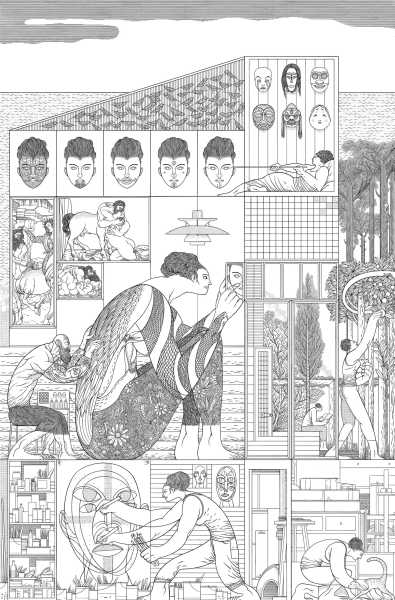
Courtesy of Sergio García Sánchez and Galería Cayón.
For more covers about basketball, see below:
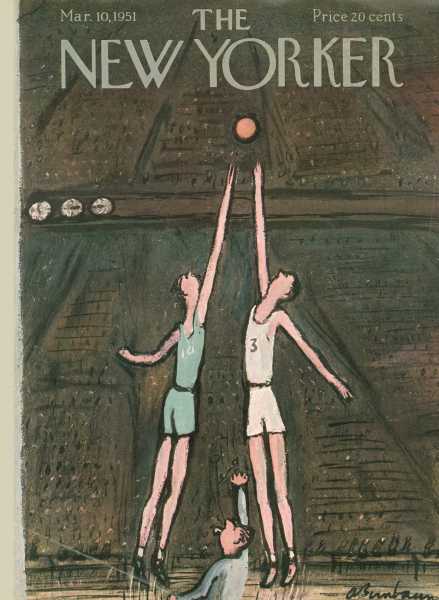
“March 10, 1951,” by Abe Birnbaum
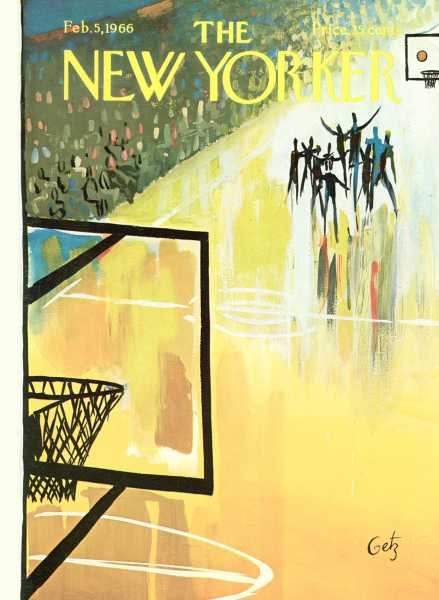
“February 5, 1966,” by Arthur Getz
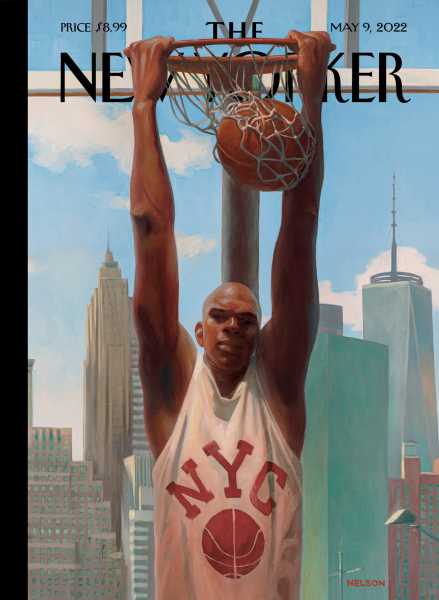
“Hang Time,” by Kadir Nelson
Find Sergio García Sánchez’s covers, cartoons, and more at the Condé Nast Store.
Sourse: newyorker.com






